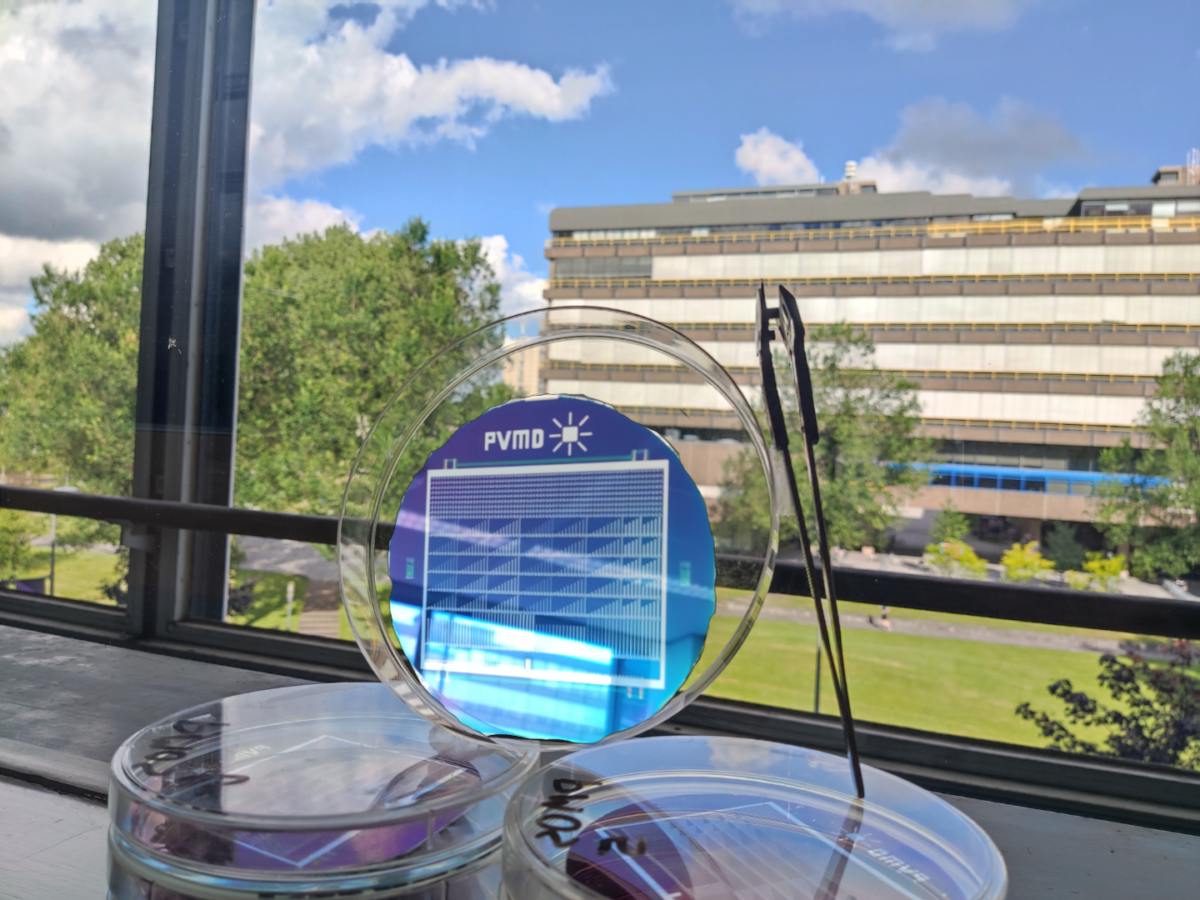Researchers from the Delft University of Technology (TU Delft) have investigated how power electronics may be embedded in solar cells and proposed several design options for PV devices integrating diodes, transistors, capacitors, and inductors.
“Our work is a review paper, in which we explored possibilities for integrating power electronics onto crystalline silicon solar cells,” the research's corresponding author, David Van Nijen, told pv magazine. “We envision the application of these innovations first in the residential market or in specific applications, such as in PV-powered Internet-of-Things (IoT) devices and later, as the economy of scale kicks in, uptake in the utility-scale market.”
In the paper Exploring the benefits, challenges, and feasibility of integrating power electronics into c-Si solar cells, which was recently published in Cell Reports Physical Science, the Dutch research group specified that their main goal was to explore a different approach to facilitate sub-module power electronics, increase granularity, and enable novel approaches to power conditioning. “We review the research efforts that have been performed on the topic so far and outline the feasibility of different unexplored possibilities,” it stated.
Through their review, the scientists found that diodes are the most suitable devices that can be integrated into PV cells, with some designs having already been demonstrated at the research level. They said the so-called Alq3/p-Si Schottky diodes, which are also known as hot-carrier diodes or low voltage diodes, are the best ones for being embedded in solar cells. This kind of diode consists of the junction of a semiconductor with a metal and is known for providing fast switching action and a low forward voltage drop.
Popular content
As for transistors, the academics said their integration in PV devices may be more complex. “Since transistor fabrication processes require lithographic steps, it is necessary for cost-effective integration to combine as many processing steps as possible with PV fabrication,” they emphasized, stressing the constraints in combining the production steps of standard vertical power transistor designs with those of the photovoltaic industry.
Their review also considered passive component integration, for which several “promising” approaches were found, and thin-film capacitor integration, which the scientists said is challenging due to insufficient high capacitance.
This content is protected by copyright and may not be reused. If you want to cooperate with us and would like to reuse some of our content, please contact: editors@pv-magazine.com.



1 comment
By submitting this form you agree to pv magazine using your data for the purposes of publishing your comment.
Your personal data will only be disclosed or otherwise transmitted to third parties for the purposes of spam filtering or if this is necessary for technical maintenance of the website. Any other transfer to third parties will not take place unless this is justified on the basis of applicable data protection regulations or if pv magazine is legally obliged to do so.
You may revoke this consent at any time with effect for the future, in which case your personal data will be deleted immediately. Otherwise, your data will be deleted if pv magazine has processed your request or the purpose of data storage is fulfilled.
Further information on data privacy can be found in our Data Protection Policy.